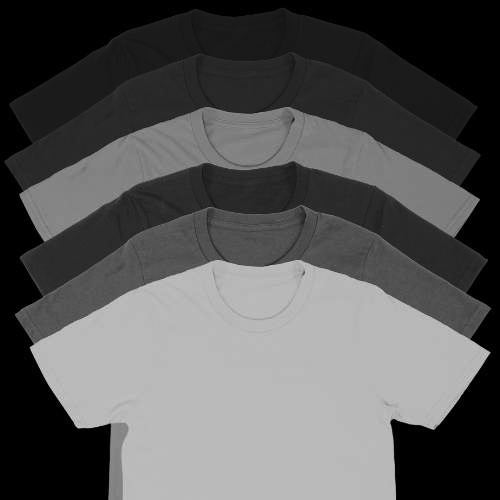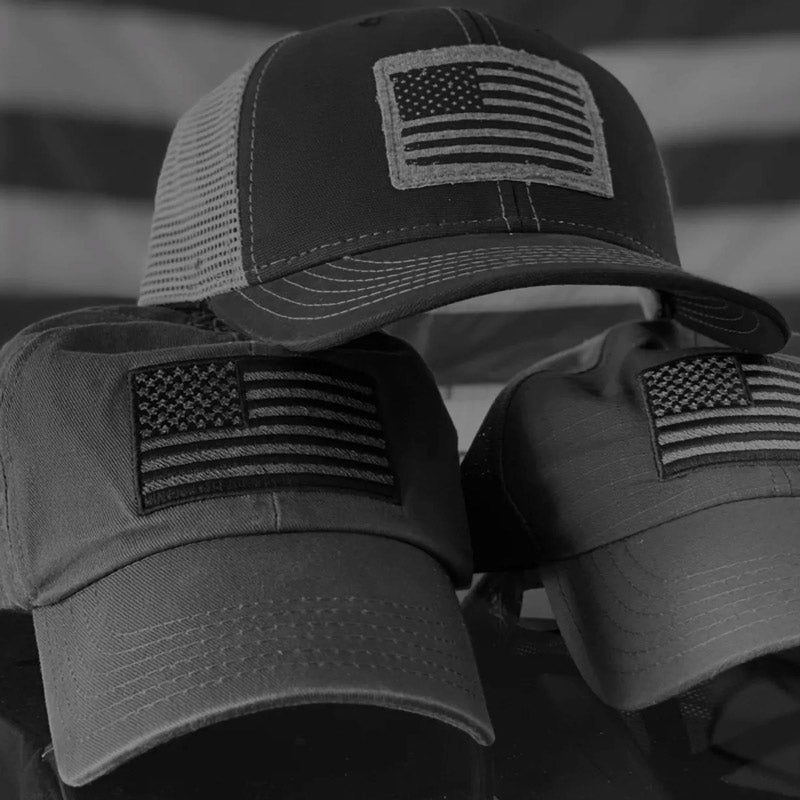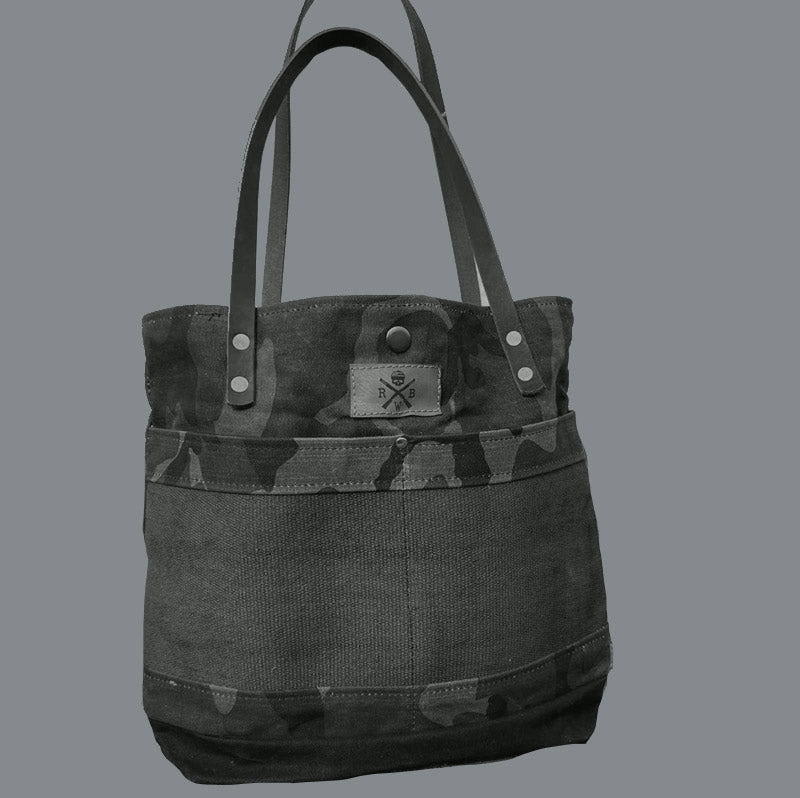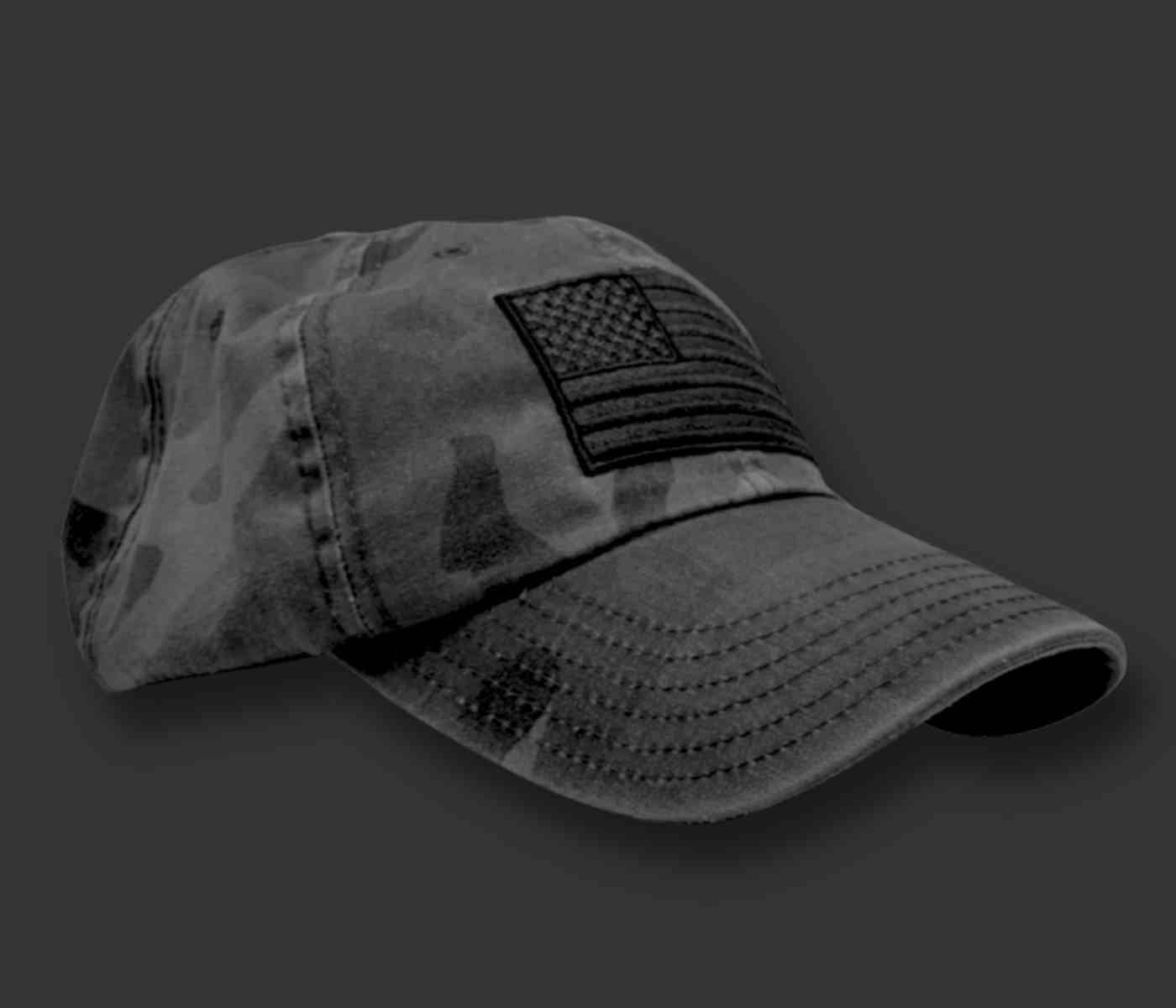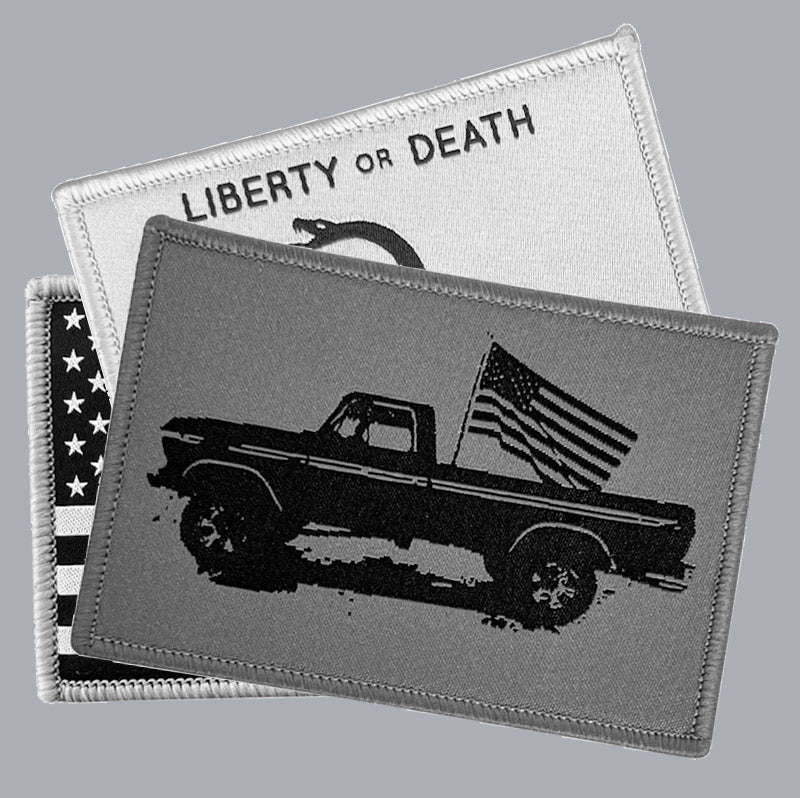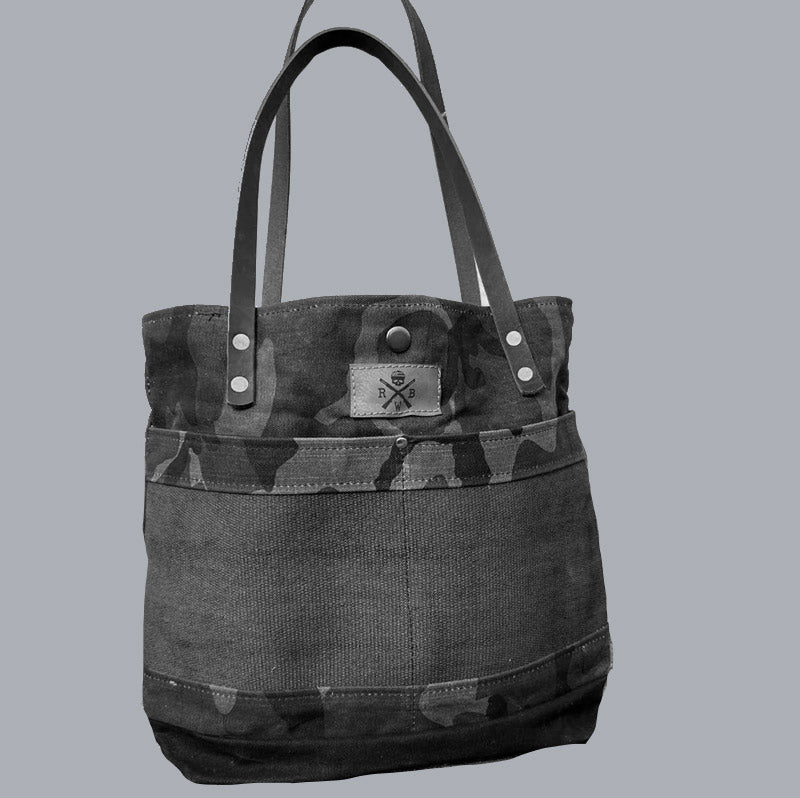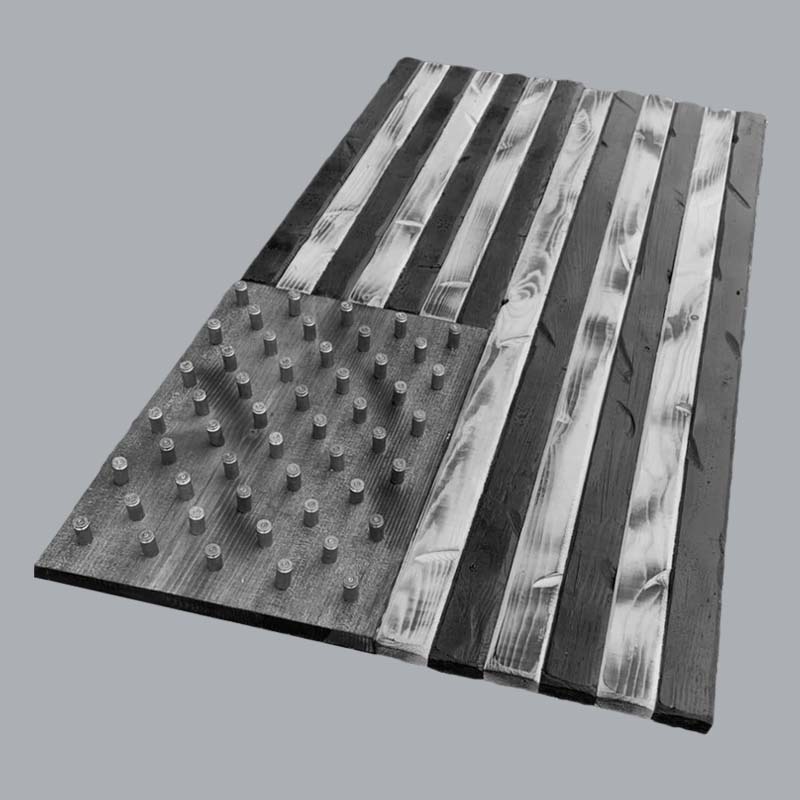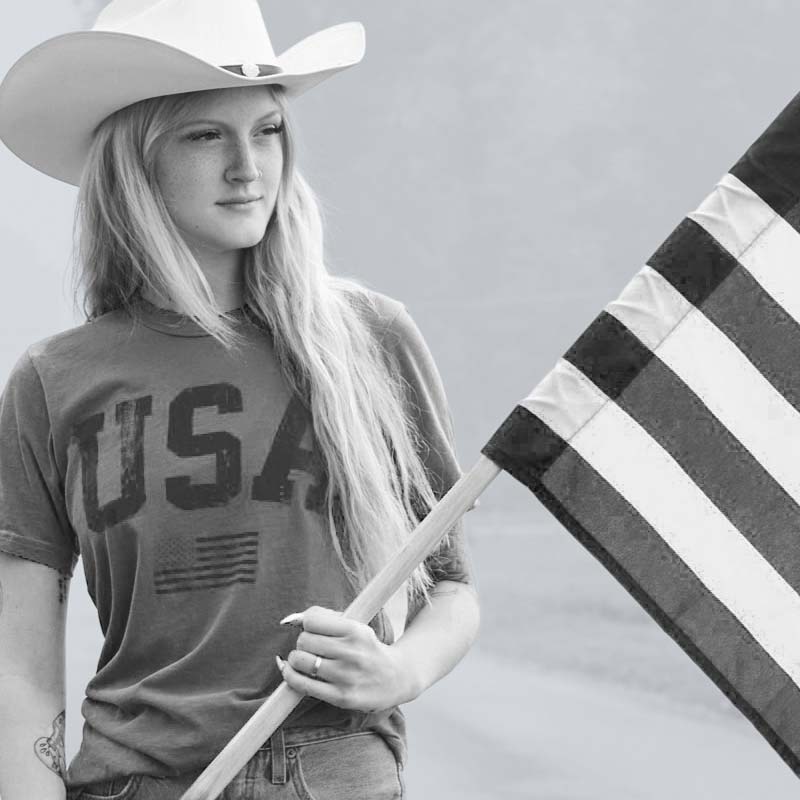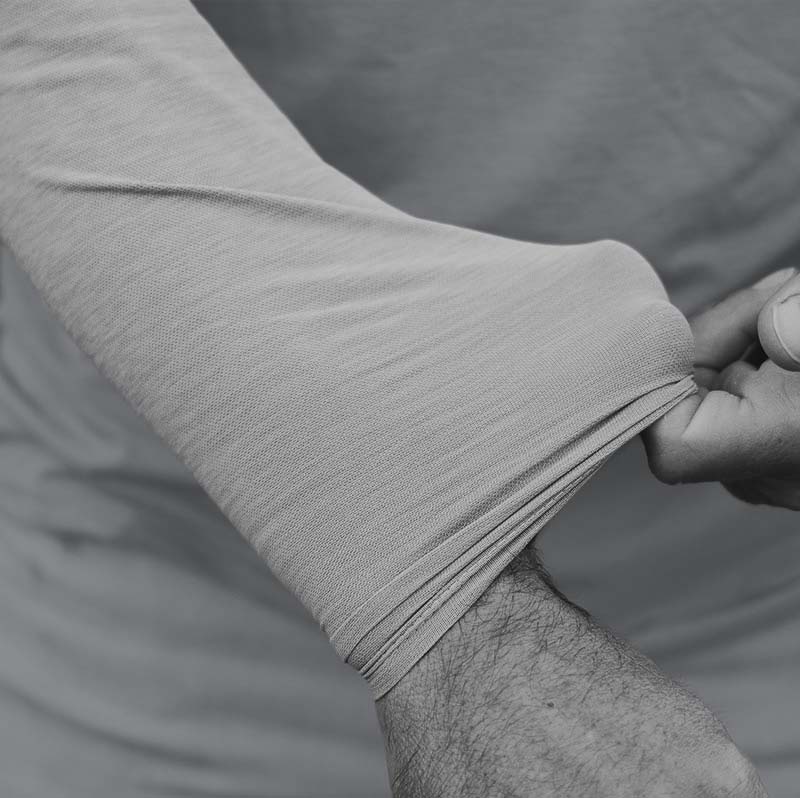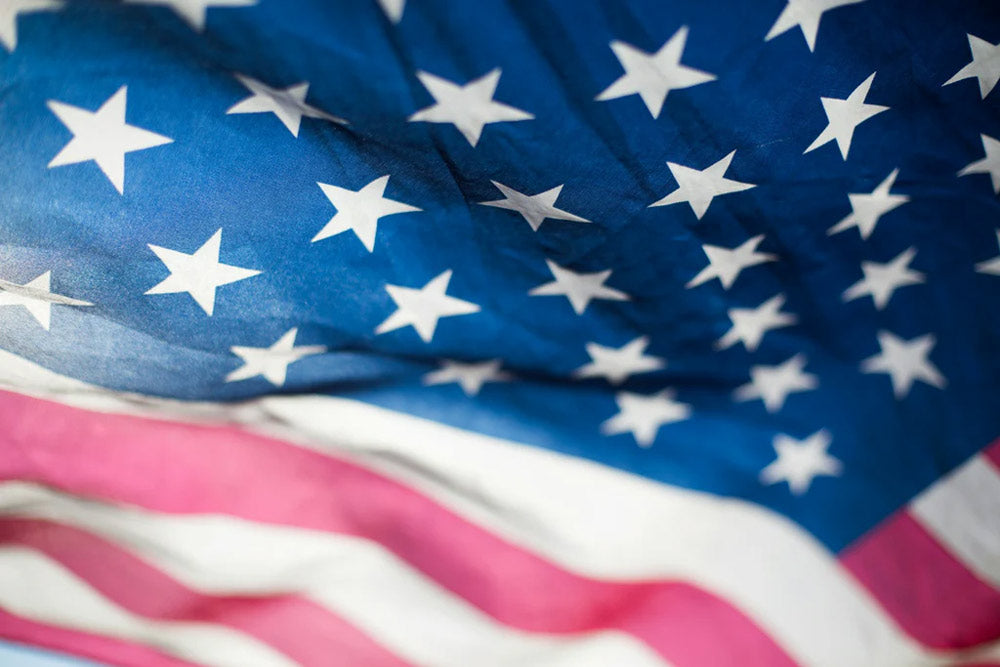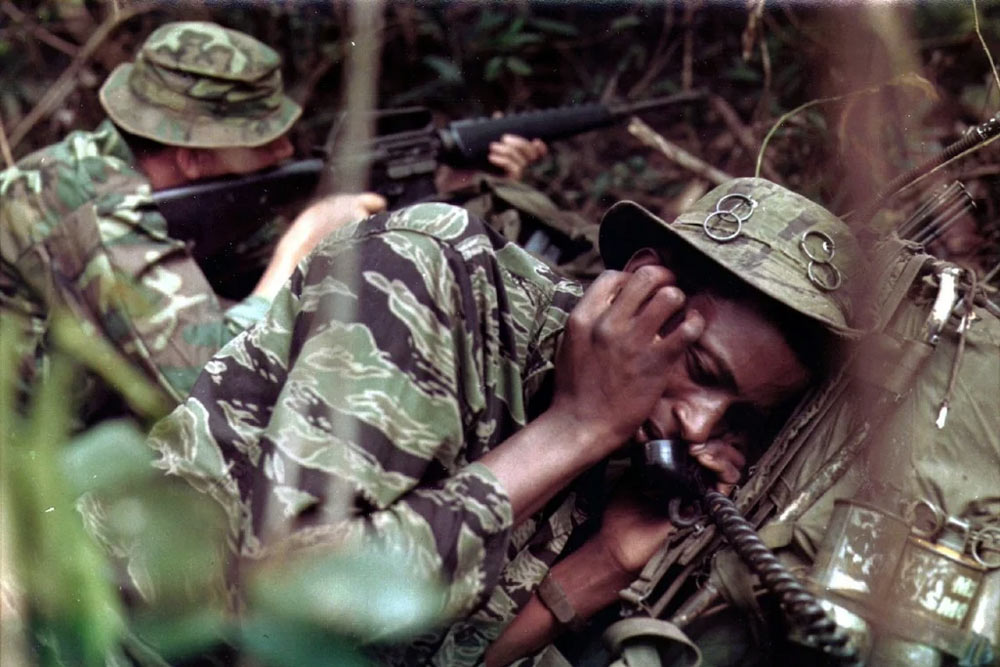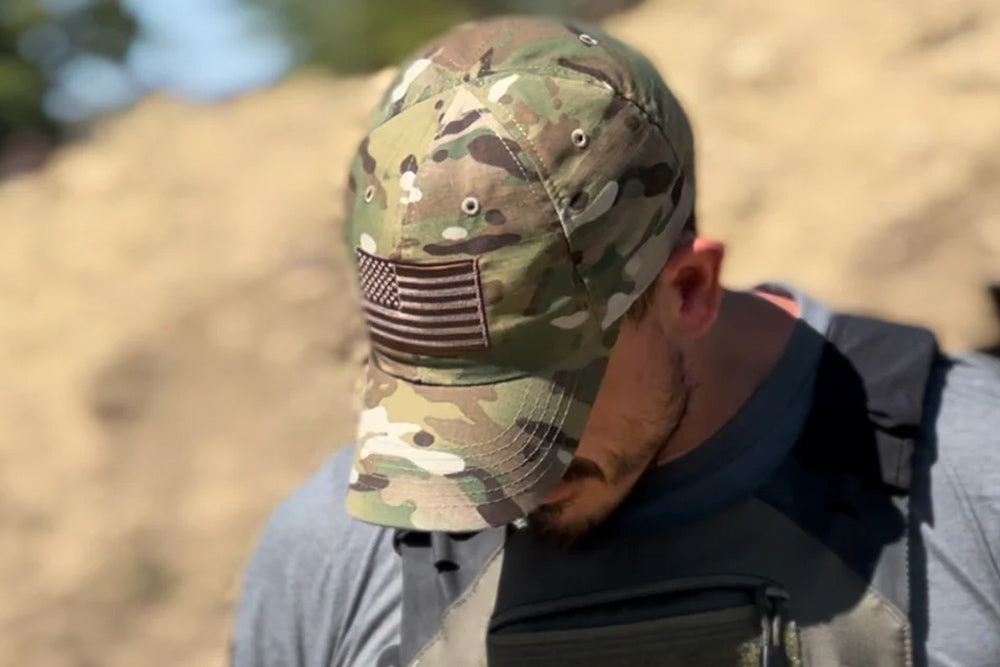
There's no question that more and more Americans are choosing to show their pride in our great country by displaying at least one American flag at their homes, not only on patriotic occasions, but throughout the year as well.
It truly is a welcome sight being out and about every day and seeing homes, businesses, schools, and even churches proudly and prominently displaying the stars and stripes.
However, you may not realize all the proper etiquette points that go along with the proper display of the flag, and even the eventual disposal of worn or torn American flags. So, we decided to put together a comprehensive look at American flag etiquette.
Tips for Properly Displaying (and Disposing of) the American Flag
- Always display the flag with the blue union field up (top left-hand side if looking at the flag). Never display the flag upside down, as that is a signal of distress.
- Always hold the flag carefully and never let it touch anything underneath it. Most people know that the flag should never touch the ground or floor, but this also includes water or other items.
- The flag should be aloft and free flowing; it should never be carried flat or horizontal.
- The flag must always be kept clean and safe. It should never be displayed torn, worn, soiled or otherwise damaged.
- A flag that is to be retired should always be disposed of properly, preferably by burning. If you happen to know a scout or scout leader, turning the flag over to them will ensure its proper and dignified disposal. Also, there are flag disposal collection boxes at many different private clubs, such as American Legions, VFWs, AMVETS and others. I have even seen the boxes at fire and police stations. A call to your local city hall should produce a few location options.
- When displaying the flag, it should be displayed from sunrise to sunset. It is permissible to display your flag after dark if it is properly illuminated.
How to Properly Store Your Flag
- First, the flag must be properly folded. Two people must face each other, each holding one end of the flag. Stretch it taut and horizontally at roughly waist height and make the first fold lengthwise.
- Fold the flag in half lengthwise again; the union blue field should be on the outside with edges held together.
- One person now holds the flag by the union while the other starts at the opposite end by making a triangular fold.
- Continue to fold in triangles until the flag resembles a cocked hat with only the blue field of starts showing.
- Your flag may now be stored in a durable, completely sealed bag, to be ready for its next use.
Etiquette for Flying the American Flag at Half-Staff
Another proper flag etiquette point is when should an American flag be flown at half-staff.
The flying of the flag at half-staff on land or half-mast at sea is a solemn and long-standing tradition that symbolizes a nation in mourning because of the death of a prominent citizen. In 1976, the flag code was amended to incorporate whose death met the criteria for the consideration of flying a flag at half-staff or mast. The changes were not very clear or concise, but the following are very solid general guidelines.
The flag code basically says the U.S. flag should only be flown at half-staff upon the death of principal figures such as those of the U.S. government and/or the governor of a state, territory or possession of the U.S. as a symbol to their memory. There are specific limited additions to these guidelines from the 1976 revisions; for those, it is easiest to refer to the U.S. flag code.
To properly fly the flag at half-staff or mast, first raise it to its regular peak or top position for an instant. Then lower it to the half-staff or mast position, roughly halfway between the top and bottom of the staff or mast.
Displaying the American Flag on a Wall or With Other Flags
Lastly, some proper flag display guidelines when displaying the American flag on walls or with other flags.
Since our nation's flag is a symbol of our country, it should always be flown in the most prominent and honored position possible. No other flag should appear more important.
Other tips for displaying the American flag on a wall or with other flags include:
- On a wall, it should be displayed with the union top left corner, to the observer's left.
- In multi-nation standing flag displays, the U.S. flag should be displayed first and to its "own right." All other nations' flags should then follow at equal height and in alphabetical order.
- When among subordinate flags, the U.S. flag should be centered at the highest display point, a position of prominence.
- On poles or on a staff, the U.S. flag should also be first or on top, except during church services at sea led by Navy chaplains. The church pennant may fly above the U.S. flag during services.
- When a U.S. flag lapel is worn, it should feature the union top left, on the left lapel near the heart.
- When peer flags are displayed during times of peace, no flag should appear more prominent than the other.
Hopefully this list puts you on the path to proper American flag etiquette, helping you to honor this great symbol of our country.
With that in mind, we'll leave you with this. Henry Cabot Lodge said it best in 1915: "The flag stands for all that we hold dear, freedom, democracy, government of the people, by the people and for the people."
